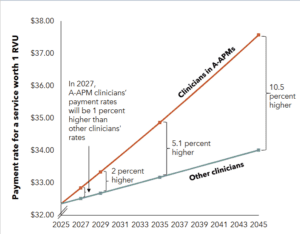Coinsurance and Copays: What’s the Difference?

Deductibles, co-pays, coinsurance and cost sharing are all words that come up in the insurance industry. Lay people can often get these terms confused. Let’s discuss them to understand the portion of the bill you’ll be responsible for after insurance pays.
Cost sharing is simply the share of the healthcare bill you pay out of your own pocket. It includes the deductible, coinsurance and copayments, but not the premium or cost of non-covered services. Cost sharing is a general term that you may see when buying insurance to give you a good idea of your overall cost.
The deductible is the amount of money you pay before insurance will pay a claim. If you have a $1,000 deductible, you have to pay 100 percent of that amount before your insurance will pay anything. Make sure your healthcare provider files claims with the insurance company to give you credit for meeting your deductible.
Coinsurance
Once you have met your deductible, if you have coinsurance, your insurance company will typically pay for a percentage of further charges. A typical coinsurance is 20 percent. Let’s say you go into the hospital for surgery. Your final bill is $10,000. You have a $1,000 deductible, and 20 percent coinsurance. You would have to pay the $1,000 deductible first, leaving a bill of $9,000. Then, you would be responsible for 20 percent of that $9,000 or $1,800. Your total bill would be $2,800. The insurance would pay $7,200.
A lower coinsurance is a good option when you have a chronic condition where you know you’ll need a lot of care each year.
Copay
With a copay, you pay a fixed amount for healthcare. Typically, you pay this amount at the time of service. Here’s where it can get confusing. Your plan will determine your copay, say $25, for a doctor’s appointment. The copay may be applied before you pay the deductible, but it may not go toward the deductible. Some plans have copays for certain types of care, but have coinsurance for other services.
If your insurance lists a $25 copay to go to the doctor, you would pay your copay. Some insurance plans may have a coinsurance for x-rays or lab work you receive at the doctor. Generally, the insurance company receives the claim from the doctor and applies the terms of your plan according to the codes billed by the doctor.
With a copay, you know exactly how much you’ll pay when you go to the doctor, even for a minor issue.
Insurance doesn’t have to be difficult, but if you don’t understand the verbiage, it can be confusing. Follow Sackett Insurance Services on Facebook to get more industry information.




